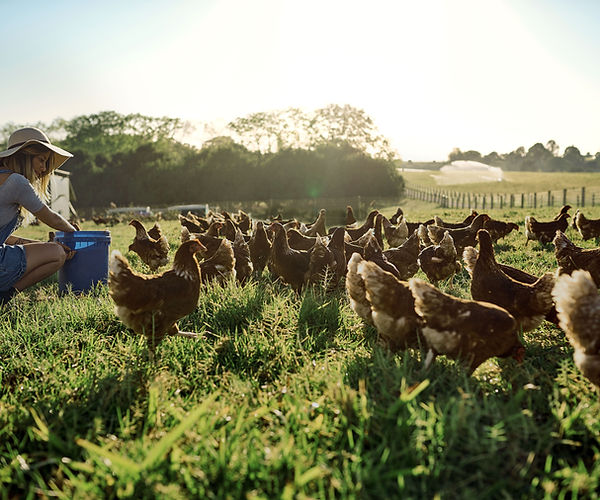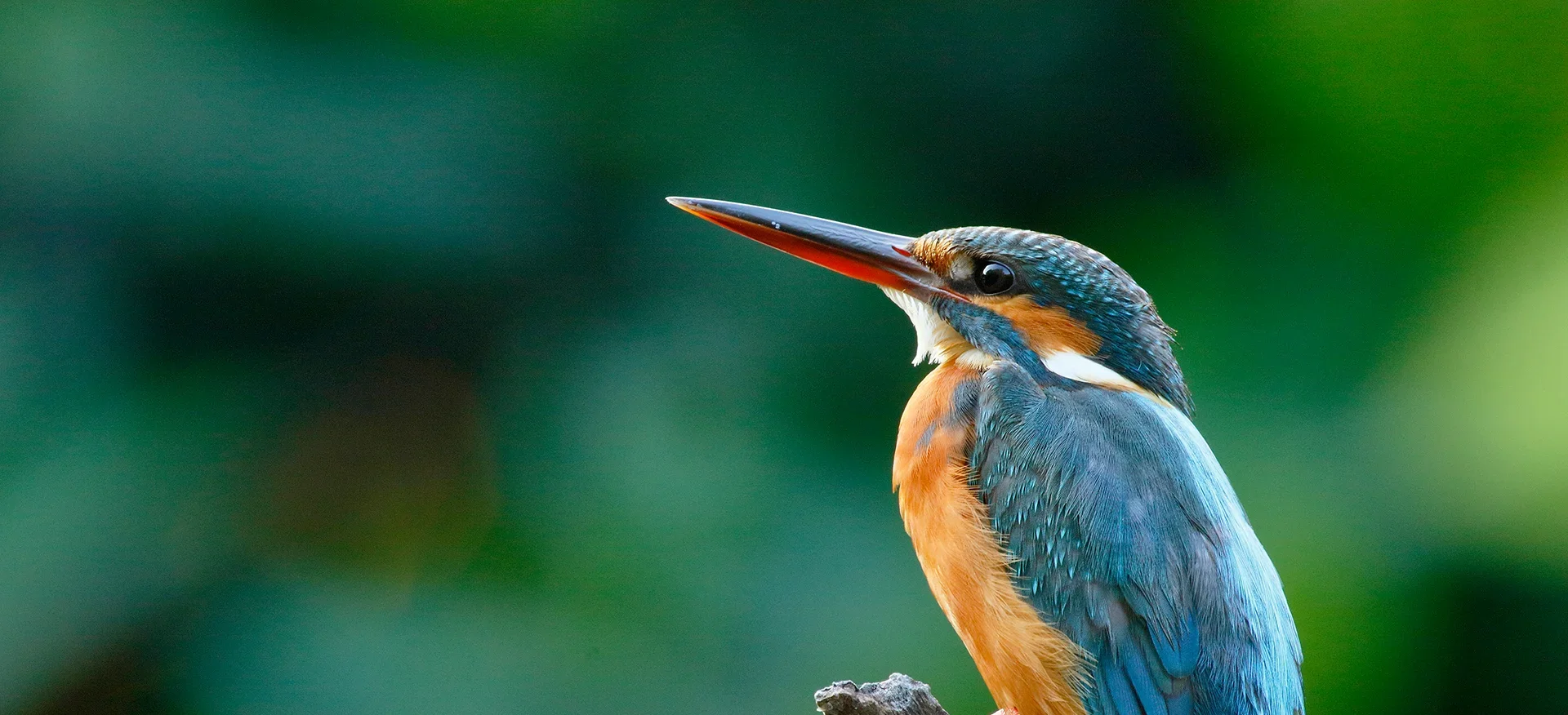Bumblefoot, also known as pododermatitis, is a common infection in captive birds and chickens that can be unassuming but fatal if left untreated. This article aims to provide a comprehensive guide on how to effectively treat bumblefoot in avian patients.

We will delve into:
- What causes bumblefoot?
- What are the stages of bumblefoot symptoms?
- FAQ for pet owners on bumblefoot in birds
- FAQ for pet owners on bumblefoot in chickens
- Why can bumblefoot treatment be difficult?
- Causes of bumblefoot
Bumblefoot is a non-specific, opportunistic infection affecting chickens, birds of prey, waterfowl, songbirds, parrots, and even penguins. Staphylococcus aureus is the most common culprit [1]; however, other bacterial and fungal genera can cause problems, including:
| Common bacterial genera | Common fungal genera |
|---|---|
| Staphylococcus [1, 2, 3, 4] | Aspergillus [2] |
| Pseudomonas [4] | Candida [2, 3] |
| Corynebacterium [2, 4] | Fusarium |
| Escherichia [2, 3, 4] | |
| Streptococcus [2] | |
| Clostridium [2] | |
| Mycobacteria |
Opportunistic pathogens take advantage of vacancies in weakened environments. Wounds are often infected because the skin is in recovery, but improper diet and living conditions can also leave the skin vulnerable. Key things to look out for:
- Obesity: Excess weight stresses the footpad.
- Vitamin A deficiency: Essential for epithelial tissue (skin) strength.
- Dirty cage conditions: Bacteria in spoiled food and feces pose contamination risks.
- Rough surfaces: Wood shavings, concrete, and rocks can cause scratches.
- Long nails: Untrimmed nails cause discomfort and uneven weight distribution.
Bumblefoot symptoms
The severity of the infection is assessed through a grading system. The grading system for chickens and raptors ranges from 1-5 [1], whereas the grading system for psittacines and passiformes is scaled 1-7.
FAQ for House Birds
Is bumblefoot common in birds?
Yes, particularly in older and less active birds. Luckily, the infection can be curbed with changes to their diet and environment.
When should a bird with bumblefoot go to a veterinarian?
As soon as possible. Early treatment is more effective and prevents long-lasting effects such as arthritis, non-functioning digits, mycoplasmosis [5], and systemic bone infections.
Where can I find an avian veterinarian near me?
Consult with an avian veterinarian to discuss all treatment options listed in this article. You can find one here.
What can I do at home to treat bumblefoot for my bird?
The extent of the infection should be assessed by an avian veterinarian, but there are some things you can do at home with their guidance. If the veterinarian wraps the feet, you can ask for instructions on how to rewrap the feet and how often. Wrapping perches with overlapping strips of fleece can reduce strain and discomfort.
What can I do at home to prevent bumblefoot for my bird?
- Keep nails trimmed.
- Use comfortable perches like rope, natural wood, and fleece to minimize abrasions.
- Check perch size by ensuring your bird’s feet wrap 2/3rd or 3/4th around.
- Remove rough substrate and sharp objects.
- Clean the cage regularly.
- Ensure a healthy diet with increased Vitamin A from fruits, vegetables, greens, and omega-3,6-rich seeds.
FAQ for Chickens

How long can a chicken live with bumblefoot if left untreated?
The timeline for the progression of bumblefoot varies depending on the severity of the infection and the chicken’s immune system. Progressing to grade V can take weeks or months to occur.
When should a chicken with bumblefoot go to a veterinarian?
As soon as possible. Treatment is more effective the sooner it is caught. If the infection progresses, chickens are at higher risk of losing function in their digits, systemic bone infections, and death.
What can I do at home to treat bumblefoot for my chicken?
The extent of the infection should be assessed by an avian veterinarian, but there are some things you can do at home with their guidance. Consult with your avian veterinarian on bandaging and soaking the feet with or without Epsom salt.
What can I do at home to prevent bumblefoot for my chicken?
- Provide proper exercise.
- Regularly clear the coop to avoid E. coli contamination.
- Smooth or remove rough surfaces to minimize the risk of cuts.
- Regularly check your chicken’s feet for signs of bumblefoot.
Treatment challenges with bumblefoot
Identifying the primary infection culprit
Non-specific infections take time to identify by culture. Even with optimal conditions, culture fails to grow 15% of bacteria and 81% of fungi compared to Next-Generation Sequencing (NGS). [6] For fungal and Mycobacterium species, known to take approximately 8 weeks to produce results, this delay allows the infection to progress and cause long-lasting effects and secondary infections.
Likelihood of secondary infection
Untreated bumblefoot infections can spread, leading to secondary infections like mycoplasmosis, necrotizing myocarditis, or valvular endocarditis. These secondary infections complicate diagnosis and treatment due to differing growth requirements and antibiotic susceptibilities.
Obtaining a complete profile of the infection is necessary, and NGS testing offers a viable solution by capturing all bacterial and fungal organisms without the limitations of a PCR panel or culture. Cell quantification in NGS aids in determining the damage of one or multiple culprits.
Choosing an antibiotic
Bumblefoot, caused by various bacterial and fungal species, requires careful antibiotic selection. Using the wrong antibiotic may lead to drug-resistant pathogens and disrupting the healthy skin microbiome. When multiple pathogens are present, considering the antibiotic resistance profile of one is insufficient. Treatment efficacy and antibiotic stewardship hinges on determining the best antibiotic for both primary and secondary infectious agents.
To treat bumblefoot effectively, the diagnostic method must be fast, reliable, and comprehensive. If you think your patient is suffering from bumblefoot, consider using the MiDOG All-in-One Test!
References
[1] Blair, J. (2013). Bumblefoot: A comparison of clinical presentation and treatment of pododermatitis in rabbits, roddents, and birds. Veterinary Clinics of North America: Exotic Animal Practice, 16(3), p. 715-735. https://doi.org/10.1016/j.cvex.2013.05.002.
[2] Doneley, R. et.al. (2015). Use of a vascular access port for antibiotic administration in the treatment of pododermatitis in a Chicken. J Avian Med Surg, 29(2). p. 130-135. https://doi.org/10.1647/2014-023.
[3] Degernes, L. (2006). In: Avian Medicine: Principles and Applications. SPIX Pub., Inc., p. 425,426.
[4] Gerlock, H. (2006). In: Avian Medicine: Principles and Applications. SPIX Pub., Inc., p. 967.
[5] Miesle, J. (2023). Pododermatitis (Bumblefoot): Diagnosis, Treatment, Resolution, and Prevention. Avian Health and Disease. https://www.ivis.org/library/avian-health-and-disease/pododermatitis-bumblefoot-diagnosis-treatment-resolution-and-prevention (Accessed: 26 December 2023).
[6] Damerum, A. et.al. (2023). Next-generation DNA sequencing offers diagnostic advantages over traditional culture testing. AJVR, 84(8). https://doi.org/10.2460/ajvr.23.03.0054.
Categories: Birds/Parrots, Exotic Pets, Next-Gen DNA Sequencing Technology, Pet Parents, Skin Health

